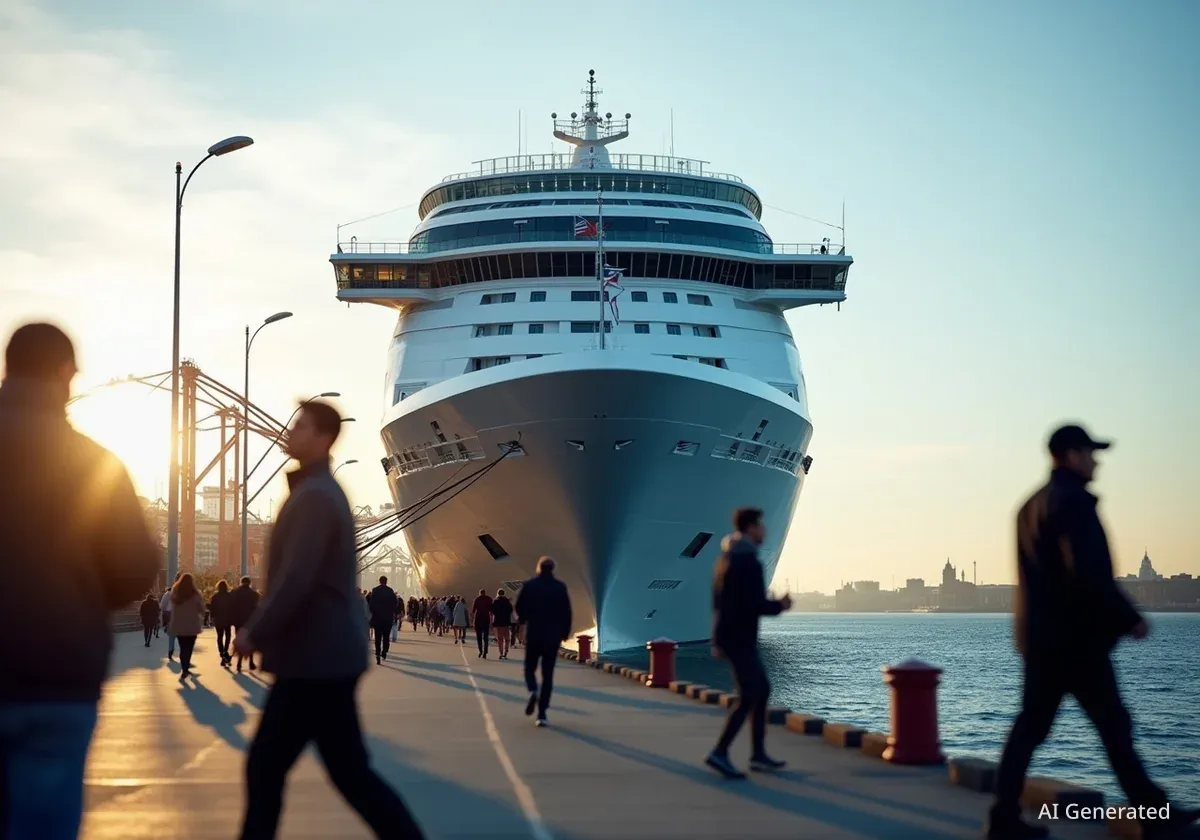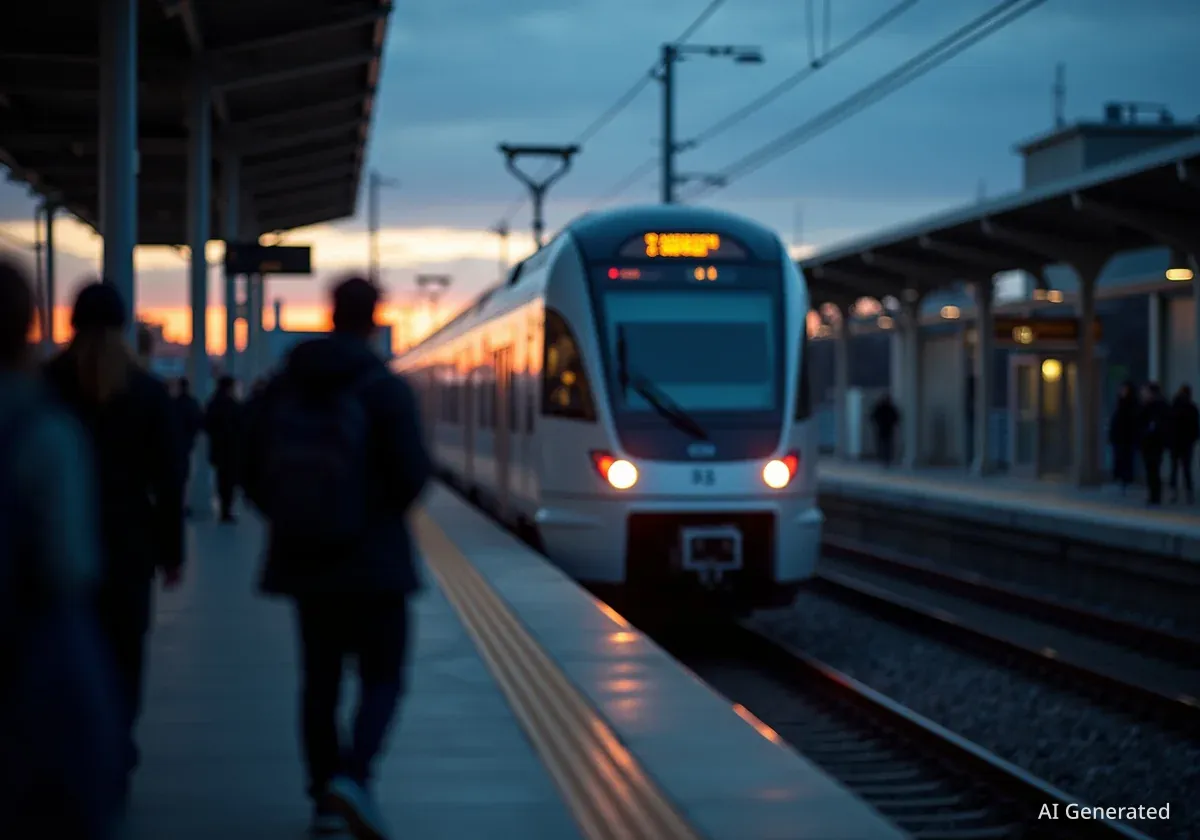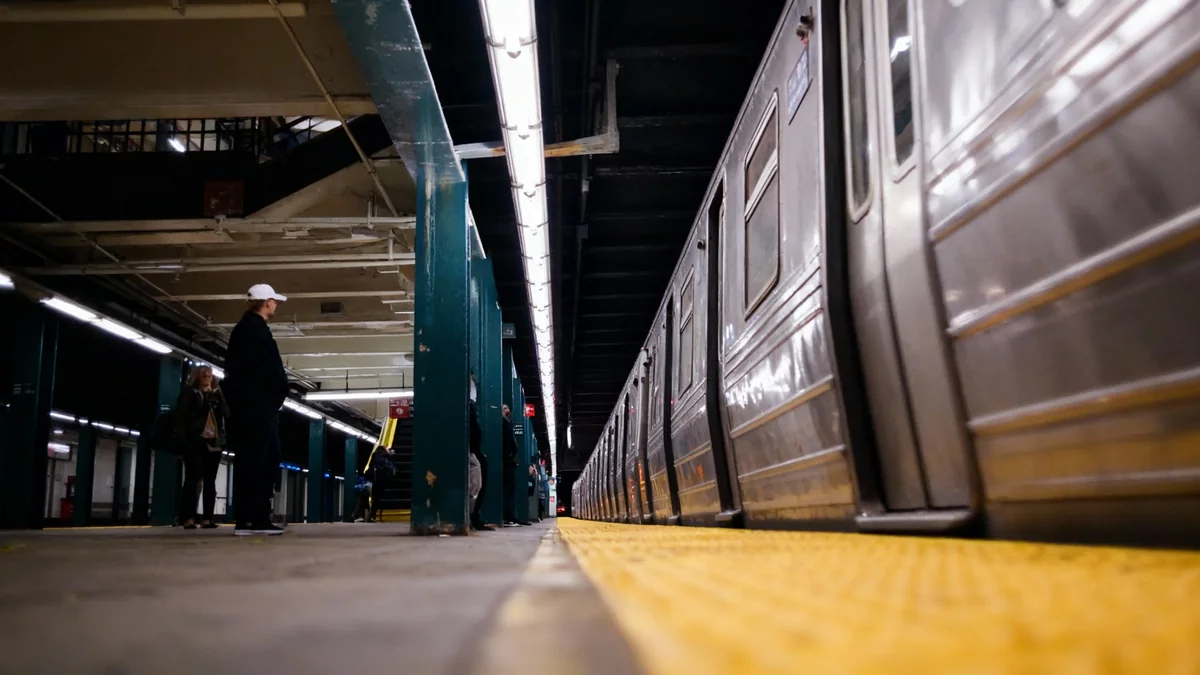The Metropolitan Transportation Authority (MTA) has officially started the environmental review process for the Interborough Express, a proposed 14-mile rail line designed to significantly shorten travel times between Brooklyn and Queens. The project aims to utilize an existing freight rail corridor to create a new transit option for nearly 900,000 residents in the two boroughs.
Key Takeaways
- The MTA has initiated the environmental review for the Interborough Express, a new transit line connecting Brooklyn and Queens.
- The 14-mile route will use existing freight rail lines and is projected to have a travel time of approximately 32 minutes.
- The project is expected to serve nearly 900,000 people and connect to multiple subway, bus, and LIRR lines.
- Three public meetings are scheduled for late October and November to gather community feedback on the proposal.
A New Connection for Outer Boroughs
For decades, traveling between Brooklyn and Queens has often required a detour through Manhattan, adding significant time and complexity to commutes. The Interborough Express (IBX) is proposed as a direct solution, creating a much-needed transit link across a densely populated part of New York City.
The plan involves repurposing a 14-mile stretch of freight rail track that runs through numerous neighborhoods. If completed, the line would offer a seamless ride from end to end in about 32 minutes, a journey that can currently take over an hour using existing public transit options.
Addressing a Transit Gap
The IBX project targets a long-standing gap in New York City's transit network. While the subway system is extensive, its hub-and-spoke design is heavily centered on Manhattan. This makes travel between the outer boroughs inefficient for many residents. The IBX aims to create a more interconnected system that reflects modern commuting patterns.
Environmental Review and Public Input
The start of the environmental review marks a critical phase for the project. This formal process will evaluate the potential impacts of the new rail line on the communities it will pass through. The study will analyze factors such as noise, traffic congestion, air quality, and overall environmental effects.
A key component of this phase is public engagement. The MTA has announced a series of public meetings to present details of the project and solicit feedback from residents and local stakeholders. This input is crucial for shaping the final design and addressing community concerns before construction can begin.
Public Meeting Schedule
- Wednesday, October 29: Brooklyn College
- Thursday, November 6: Christ the King High School, Middle Village, Queens
- Wednesday, November 12: Virtual Meeting
These meetings provide a platform for citizens to voice their opinions, ask questions, and learn more about how the Interborough Express could affect their neighborhoods.
Project Scope and Potential Impact
The Interborough Express is one of the most significant transit expansion proposals in New York City in recent years. The project is expected to connect communities with limited subway access and provide links to 17 different subway lines, as well as multiple bus routes and the Long Island Rail Road (LIRR).
By serving an estimated 900,000 people who live near the proposed route, the IBX has the potential to transform daily travel for a large segment of the city's population. It could reduce reliance on cars, ease congestion on existing subway lines, and spur economic activity in the areas it serves.
Navigating the Path Forward
While the project holds considerable promise, it also faces a long road ahead. The environmental review is just the first step in a multi-stage process that includes final design, funding acquisition, and construction. The feedback gathered during the upcoming public meetings will play a significant role in determining the project's trajectory.
Officials have not yet finalized the type of train that will be used, with options ranging from light rail to conventional heavy rail. The results of the environmental and technical studies will help inform this decision.
For residents of Brooklyn and Queens, the start of this review process is a tangible sign that a long-awaited transit solution is moving closer to reality. The coming months will be pivotal as the MTA works to balance the project's benefits with its potential community impacts.





